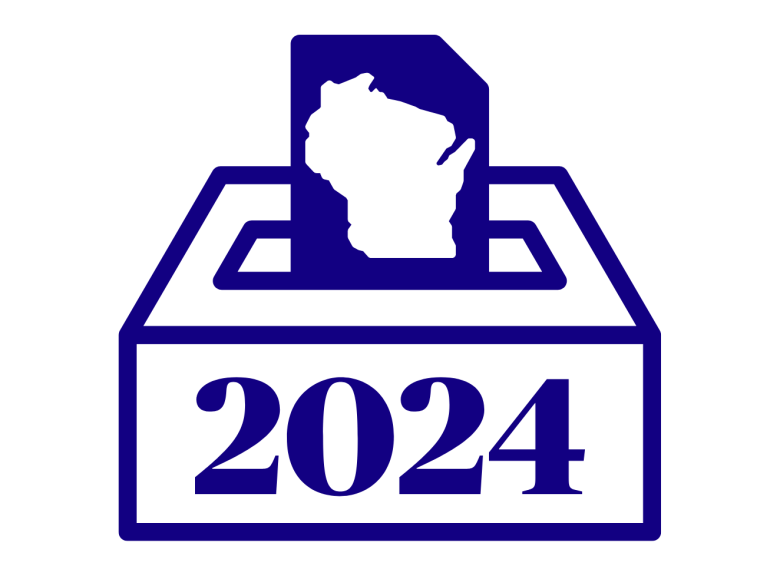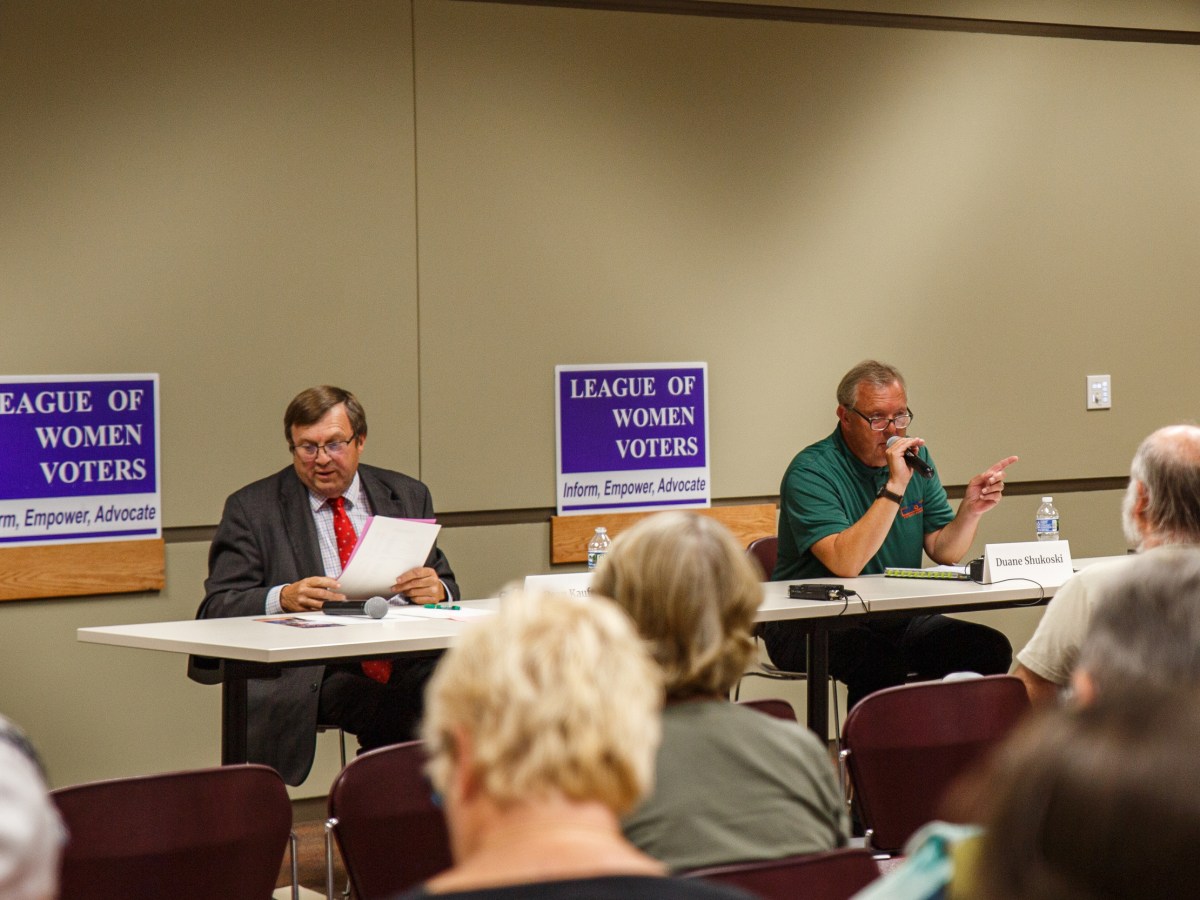U.S. Senate | U.S. House | State Senate | Assembly | Constitutional amendments | President
All 99 Wisconsin Assembly seats are up for election this year. But for the first time in more than a decade, the maps are not heavily skewed toward a Republican majority. New legislative maps have led to lawmaker retirements, incumbents facing incumbents and several more competitive districts.
Find your district
What to know
WHAT DOES A STATE REPRESENTATIVE DO?
- Write, review and vote on legislation that becomes state law if approved by the Legislature and signed by the governor.
- Serve on one or more of 37 committees that take public testimony on bills and review legislation.
- Work on a state budget every other year to determine how tens of billions of dollars are spent.
- Oversee a small staff that helps provide constituent services. Each member of the Assembly represents roughly 59,000 people.
BACKGROUND READING
For more than a decade, Republicans had an iron grip on the state Assembly. Voting maps gerrymandered in their favor helped Republicans win large majorities in the chamber even in years when Democratic candidates were successful statewide.
That changed in December 2023, when the Wisconsin Supreme Court threw out the state’s Republican-friendly voting maps on a technicality. As a result of that lawsuit, GOP lawmakers approved new district boundaries drawn by Gov. Tony Evers. The new lines are likely to reduce the size of the Republican majority in the Assembly and could even lead to Democrats controlling the chamber.
Key Assembly races to watch
Candidates clash over opposing goals for the future of the Fox Valley
Democrat Duane Shukoski and Republican Dean Kaufert both hope that their views will resonate most with voters in the 53rd Assembly District.
Sheboygan Democrat makes case in previously gerrymandered district
Under new maps, first-term Republican Rep. Amy Binsfeld faces Democratic newcomer Joe Sheehan in Sheboygan’s toss-up 26th Assembly District.
Democrat looks to flip GOP Assembly seat in Wausau area
In the 85th Assembly District, Rep. Patrick Snyder, R-Schofield, faces a challenge from Yee Leng Xiong, a Marathon County Board member.









